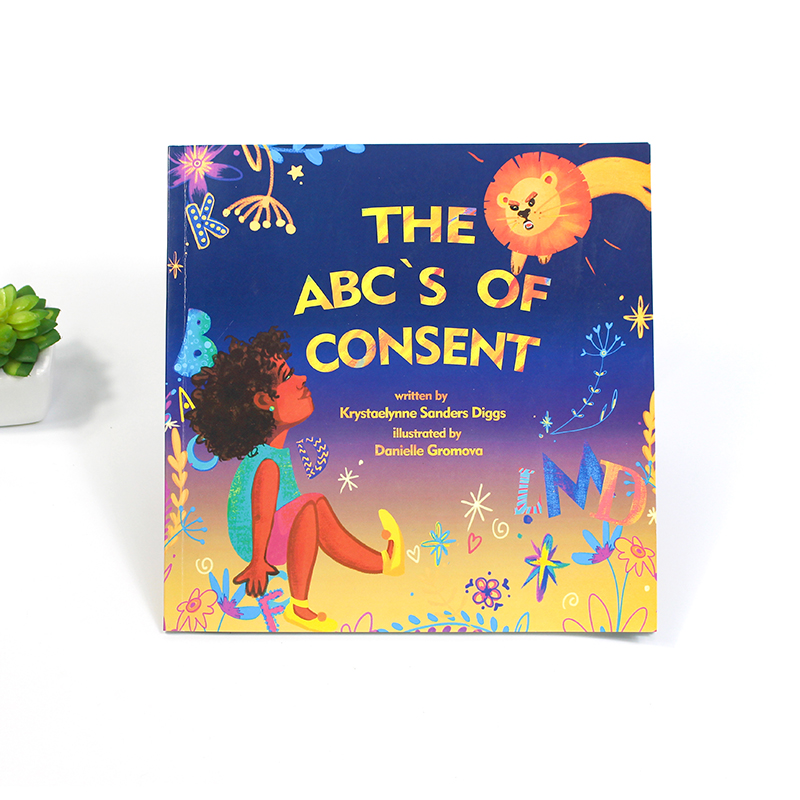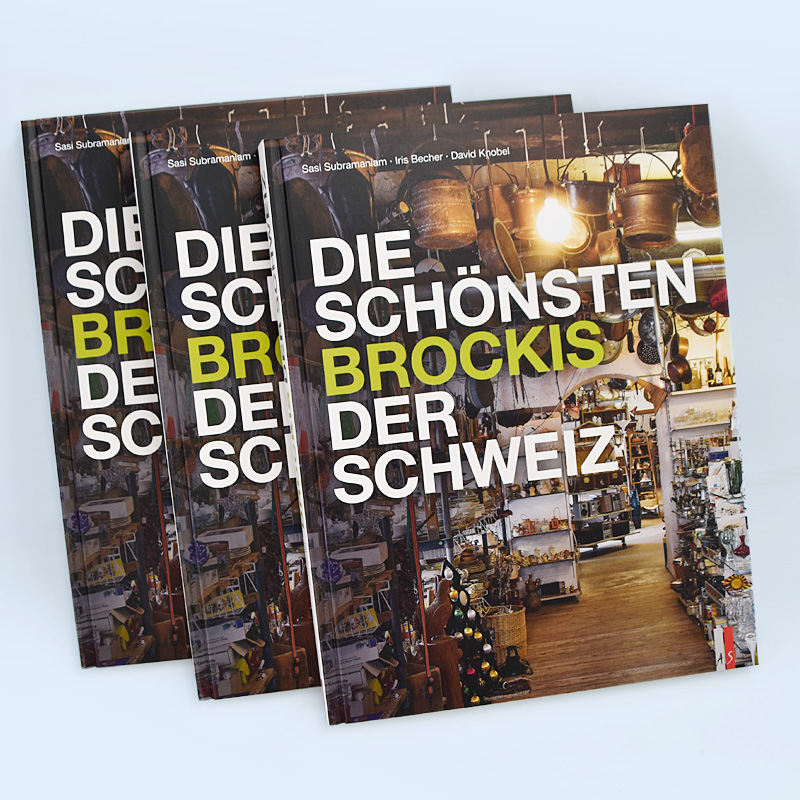چاپ چگونه هزینه کتاب را کاهش داد؟
در سالهای اخیر، به لطف پیشرفتهای فناوری چاپ و روشهای تولید کارآمدتر، هزینه چاپ کتاب کاهش چشمگیری داشته است. اگر شما یک ناشر، خود ناشر یا تجارتی هستید که به چاپ کتاب فکر می کنید، درک اینکه چگونه تکنیک های چاپ مدرن می تواند هزینه های شما را کاهش دهد ضروری است. این مقاله به بررسی عواملی میپردازد که منجر به کاهش هزینههای چاپ شده است، نقش چاپ دیجیتال و افست، و اینکه چگونه ناشران میتوانند از این نوآوریها برای دستیابی به تولید کتاب مقرون به صرفهتر استفاده کنند.
در پایان این مقاله، شما درک روشنی از روشهایی خواهید داشت که چاپ مدرن صنعت را متحول کرده است و کتابها را برای پدیدآورندگان و خوانندگان قابل دسترستر کرده است. اگر به دنبال راه هایی برای بهینه سازی پروژه چاپ کتاب خود بدون کاهش کیفیت هستید، به خواندن ادامه دهید!
فهرست مطالب
چرا درک هزینه های چاپ مهم است؟
هزینههای چاپ میتواند برای نویسندگان، ناشران و کسبوکارها نگرانی مهمی باشد، بهویژه زمانی که سعی در ایجاد تعادل بین کیفیت و بودجه داشته باشید. با ظهور چاپ دیجیتال و پیشرفت در چاپ افست، چاپ کتاب مقرون به صرفه تر از همیشه شده است. با این حال، درک عواملی که بر هزینههای چاپ تأثیر میگذارند، کلید رسیدن به بهترین ارزش است. این مقاله چگونگی تکامل تکنیکهای چاپ و اقداماتی را که میتوانید برای کاهش هزینه چاپ کتاب در عین حفظ کیفیت انجام دهید، بررسی میکند.
چاپ دیجیتال چگونه تولید مقرون به صرفه را متحول کرد؟
چاپ دیجیتال صنعت چاپ کتاب را متحول کرده است و امکان چاپ کوتاه مدت مقرون به صرفه را فراهم کرده است. بر خلاف چاپ افست سنتی که نیاز به ایجاد صفحات چاپی دارد، چاپ دیجیتال مستقیماً از فایل های دیجیتال برای چاپ روی کاغذ استفاده می کند. این امر نیاز به هزینه های راه اندازی را از بین می برد و آن را به گزینه ای ایده آل برای چاپ های کوچک تا متوسط تبدیل می کند.
مقرون به صرفه بودن چاپ دیجیتال از این واقعیت ناشی می شود که هیچ هزینه پلاکی وجود ندارد و می توان آن را در صورت تقاضا انجام داد. این امر به ناشران خود و ناشران کوچکتر کمک کرده تا کتابها را با قیمتی مقرون به صرفهتر چاپ کنند، بهویژه زمانی که تعداد محدود یا دورههای آزمایشی تولید میکنند.
به عنوان مثال، چاپ یک کتاب بر اساس تقاضا تضمین می کند که ناشران با موجودی اضافی مواجه نشوند. آنها می توانند به اندازه کافی کتاب بر اساس تقاضای واقعی چاپ کنند، که نه تنها هزینه های چاپ را کاهش می دهد، بلکه در هزینه های ذخیره سازی و حمل و نقل نیز صرفه جویی می کند.
نقش چاپ بر حسب تقاضا در کاهش هزینه ها
چاپ بر اساس تقاضا (POD) تبدیل به یک تغییر بازی برای نویسندگان و ناشران شده است. POD اجازه می دهد تا کتاب ها به هنگام سفارش چاپ شوند و نیازی به چاپ های بزرگ و موجودی اضافی را از بین می برد.
مزیت اصلی POD این است که هزینه های چاپ اولیه را کاهش می دهد، به خصوص برای کتاب هایی که ممکن است در مقادیر زیاد فروخته نشوند. مدلهای انتشار سنتی اغلب نویسندگان را ملزم میکردند که هزاران نسخه از یک کتاب را چاپ کنند، به امید اینکه در طول زمان آنها را بفروشند. با POD، کتاب تنها زمانی چاپ می شود که مشتری آن را خریداری کند و ریسک و هزینه های غیرضروری را کاهش می دهد.
در حالی که POD معمولاً قیمت هر واحد بالاتری در مقایسه با چاپهای بزرگ دارد، عدم وجود موجودی بیش از حد و انعطافپذیری که ارائه میدهد آن را به ابزاری ارزشمند برای ناشران آگاه به هزینه تبدیل میکند.
صرفه جویی در مقیاس: قدرت چاپ انبوه
یکی از مؤثرترین راهها برای کاهش قیمت هر واحد کتاب، افزایش تیراژ چاپ است. هرچه تعداد نسخه های بیشتری چاپ کنید، هر نسخه ارزان تر می شود. این پدیده که به عنوان صرفه جویی در مقیاس شناخته می شود، به این دلیل اتفاق می افتد که هزینه های راه اندازی و تولید در واحدهای بیشتری توزیع می شود.
به عنوان مثال، چاپ 1000 نسخه از یک کتاب در هر واحد هزینه کمتری نسبت به چاپ 100 نسخه دارد. با این حال، این استراتژی زمانی بهترین کار می کند که بازار تضمینی برای نسخه های اضافی وجود داشته باشد. تولید بیش از حد کتاب می تواند منجر به هدر رفتن موجودی شود که می تواند هر گونه صرفه جویی در هزینه واحد را خنثی کند.
درک چگونگی متعادل کردن صرفهجوییهای مقیاس با پیشبینیهای فروش، کلید چاپ کتاب مقرونبهصرفه است.
تأثیر مقدار سفارش بر هزینه هر واحد
تعداد کتاب های سفارش داده شده تاثیر مستقیمی بر هزینه های چاپ دارد. سفارش بزرگتر معمولاً هزینه واحد را کاهش می دهد زیرا هزینه های راه اندازی اولیه و تولید در نسخه های بیشتر گسترش می یابد. همانطور که قبلا ذکر شد، چاپ افست برای تیرهای بزرگتر مقرون به صرفه تر است، در حالی که چاپ دیجیتال اغلب برای تیرهای کوچکتر مقرون به صرفه است.
اگر مطمئن نیستید که چه تعداد کتاب باید سفارش دهید، بهتر است با تیراژ کمتر شروع کنید و به تدریج بر اساس تقاضا تعداد آن را افزایش دهید. این استراتژی به شما کمک می کند تا از ذخیره بیش از حد، صرفه جویی در هزینه های ذخیره سازی و دفع احتمالی جلوگیری کنید.
تعداد صفحات و تاثیر آن بر قیمت نهایی
تعداد صفحات یک کتاب عامل مهمی در هزینه چاپ آن است. صفحات بیشتر به معنای کاغذ و جوهر بیشتر است که مستقیماً هزینه تولید را افزایش می دهد. علاوه بر این، کتابهای ضخیمتر سنگینتر هستند که منجر به هزینههای حمل و نقل بالاتر میشود.
برای پایین نگه داشتن هزینهها، نویسندگان باید بر ایجاد محتوای مختصر و سازمانیافته که ارزشی را بدون پرکنندههای غیرضروری ارائه میکند، تمرکز کنند. همچنین مهم است که از کوچک کردن اندازه قلم یا کاهش بیش از حد حاشیه ها در تلاش برای قرار دادن متن بیشتر در یک صفحه جلوگیری کنید. اگرچه ممکن است راهی آسان برای کاهش تعداد صفحات به نظر برسد، متن کوچک و حاشیه های باریک می تواند بر خوانایی و کیفیت کلی کتاب تأثیر منفی بگذارد.
انتخاب کاغذ مناسب برای چاپ مقرون به صرفه
نوع کاغذی که برای کتاب خود انتخاب می کنید می تواند به طور قابل توجهی بر هزینه های چاپ تأثیر بگذارد. کیفیت کاغذ از نظر ضخامت، بافت، کدورت و رنگ بسیار متفاوت است و هر نوع برچسب قیمت خاص خود را دارد.
در حالی که کاغذهای درجه یک می توانند ظاهر و احساس یک کتاب را بهبود بخشند، می توانند هزینه را نیز افزایش دهند. برای صرفه جویی در هزینه های چاپ، گزینه های کاغذ استانداردی را انتخاب کنید که مقرون به صرفه هستند و در عین حال محصولی با کیفیت بالا ارائه می دهند. در بسیاری از موارد، چاپگرها میتوانند «ورقهای خانگی» را ارائه دهند، که اوراقی هستند که به آسانی در دسترس هستند و نسبت به کاغذهای تخصصی ارزانتر هستند.
برای نویسندگان آگاه به محیط زیست، توجه به این نکته مهم است که کاغذ بازیافتی، علیرغم سازگاری با محیط زیست، گاهی اوقات به دلیل فرآیند پیچیده ساخت، می تواند گرانتر از کاغذ بکر باشد.
گزینه های اتصال: چگونه در تولید صرفه جویی کنیم
سبک صحافی که برای کتاب خود انتخاب می کنید نقش مهمی در هزینه کلی آن دارد. صحافی با جلد گالینگور در عین دوام و اعتبار، یکی از گران ترین گزینه ها به دلیل مواد و نیروی کار است. در مقابل، گزینه های جلد نرم مانند صحافی کامل یا دوخت زین مقرون به صرفه تر هستند.
برای کتابهایی با تعداد صفحات کوچکتر (معمولاً کمتر از 60 صفحه)، دوخت زین انتخابی بسیار مقرون به صرفه است. برای پروژههای بزرگتر، صحافی کامل تعادلی بین کیفیت و مقرون به صرفه ارائه میدهد، در حالی که صحافی با جلد گالینگور باید برای کتابهای پرمیوم یا نسخه محدود رزرو شود.
جوهر و انتخاب رنگ: متعادل کردن زیبایی شناسی با هزینه
چاپ تمام رنگی در عین جذابیت بصری، گرانتر از چاپ سیاه و سفید یا سیاه و سفید است. چاپ تمام رنگی از چهار رنگ مختلف جوهر (فیروزه ای، سرخابی، زرد و مشکی) استفاده می کند که هزینه تولید را افزایش می دهد.
کتاب هایی با تصاویر یا تصاویر باکیفیت، مانند کتاب های کودکان یا کتاب های عکس، نیاز به چاپ تمام رنگی دارند. با این حال، برای اکثر کتابهای متنی، چاپ سیاه و سفید یا در مقیاس خاکستری کافی است و به کاهش هزینهها کمک میکند. اگر برای جلد به رنگ نیاز دارید، صفحات داخلی را با جوهر سیاه چاپ کنید تا بدون از بین بردن جذابیت بصری، مقرون به صرفه باشید.
روندهای آینده: چگونه نوآوری به کاهش هزینه های چاپ کتاب ادامه خواهد داد
با نگاهی به آینده، نوآوری ها در فناوری های چاپ به کاهش هزینه ها ادامه خواهند داد. پیشرفت در چاپ دیجیتال، مانند ماشین های سریعتر و کارآمدتر، به کاهش زمان و هزینه های تولید کمک می کند. علاوه بر این، افزایش گزینه های کاغذی پایدارتر و سازگار با محیط زیست احتمالاً منجر به کاهش هزینه مواد می شود.
با ظهور روشهای چاپ جدید، نویسندگان و ناشران فرصتهای بیشتری برای چاپ کتابهای با کیفیت بالا با قیمتهای پایینتر خواهند داشت، در حالی که تقاضای فزاینده برای شیوههای انتشار پایدار را نیز برآورده میکنند.
نتیجه گیری: ایجاد تعادل بین هزینه و کیفیت
در نتیجه، کلید چاپ کتاب مقرون به صرفه در درک عوامل مختلفی است که بر هزینه تأثیر می گذارند. از تعداد سفارش و تعداد صفحات گرفته تا انتخاب کاغذ و سبک صحافی، هر عنصر در تعیین قیمت نهایی کتاب نقش دارد. نویسندگان و ناشران با اتخاذ تصمیمات آگاهانه و استفاده از فناوری هایی مانند چاپ دیجیتال و چاپ بر اساس تقاضا، می توانند هزینه ها را بدون از دست دادن کیفیت کاهش دهند.
با رویکرد صحیح، می توان کتاب هایی با کیفیت بالا تولید کرد که هم مقرون به صرفه و هم از نظر تجاری موفق باشند.
سوالات متداول
Q1. چگونه می توانم هزینه چاپ کتاب را بدون افت کیفیت کاهش دهم؟
با انتخاب دقیق روش چاپ (دیجیتال یا افست)، انتخاب کاغذ استاندارد، و محدود کردن استفاده از رنگ به موارد ضروری (مثلاً جوهر سیاه برای متن)، می توانید کیفیت را حفظ کنید و هزینه ها را پایین نگه دارید.
Q2. آیا چاپ بر اساس تقاضا ارزانتر از چاپ سنتی است؟
چاپ بر اساس تقاضا معمولاً گرانتر از چاپ انبوه در هر واحد است، اما هزینههای موجودی اضافی، ذخیرهسازی و حمل و نقل را حذف میکند. این برای کتابهای کم تقاضا یا دورههای آزمایشی ایدهآل است.
Q3. هنگام تصمیم گیری بین جلد گالینگور و شومیز چه عواملی را باید در نظر بگیرم؟
کتابهای گالینگور به دلیل دوام و مواد گرانتر هستند و برای محصولات گرانقیمت یا نسخههای خاص مناسب هستند. برای نشریات عمومی، گزینههای شومیز مانند صحافی کامل، در عین حفظ ظاهر حرفهای، در هزینه صرفهجویی میکنند.
چاپ کتاب
محصولات جدید
آخرین وبلاگ
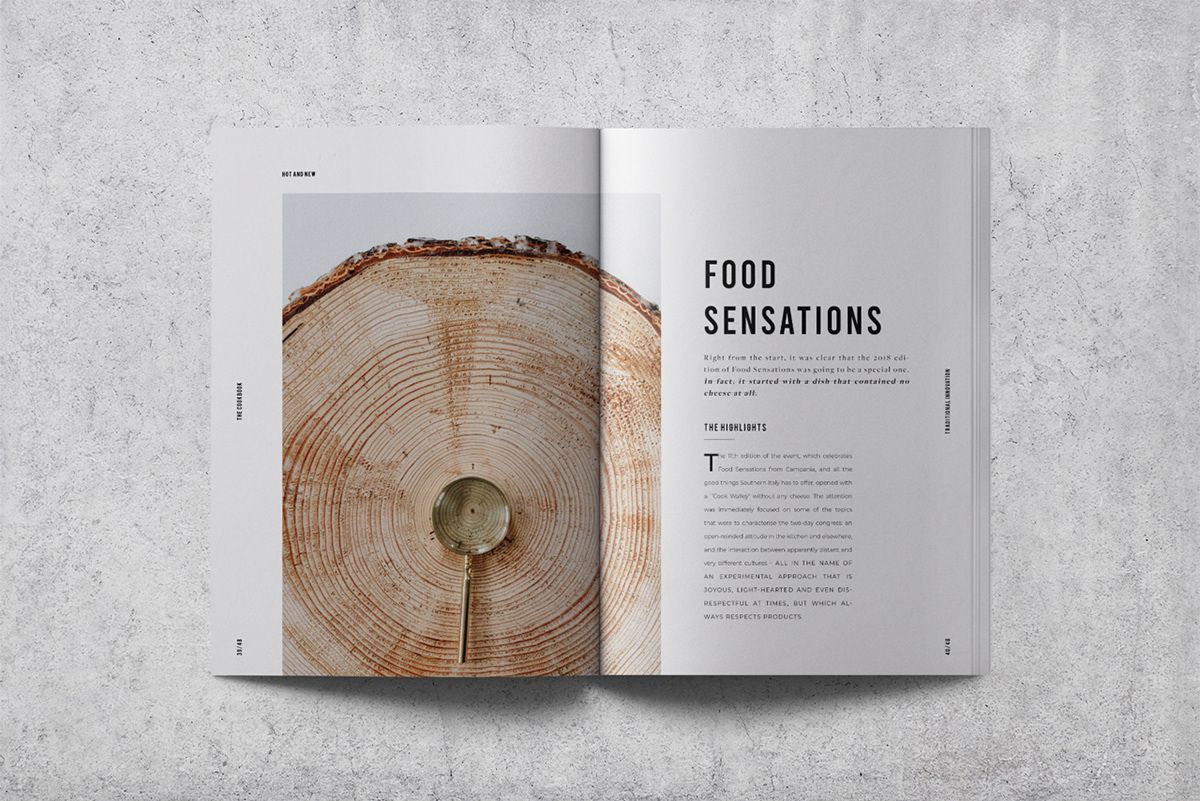
7 مزیت قانع کننده استفاده از خدمات حرفه ای چاپ کتاب
در دنیای ادبیات، کیفیت تولید یک کتاب می تواند تاثیر بسزایی در موفقیت آن داشته باشد

هزینه چاپ کتاب چقدر است؟
انتشار خود به طور فزاینده ای به یک انتخاب ایده آل برای نویسندگان و سازندگان محتوا تبدیل شده است که به دنبال حفظ کنترل بر کار خود از زمان ایجاد تا فروش هستند. برخلاف نشر سنتی،

هزینه چاپ یک کتاب ۱۲ صفحه ای چقدر است؟
بسته به انتخاب شما، چاپ یک کتاب 12 صفحه ای می تواند هزینه ای برای چاپ داشته باشد که از $2 تا $10 در هر نسخه متغیر است. عواملی مانند نوع کاغذ، صحافی و روش چاپ نقش بسیار زیادی در تعیین قیمت نهایی دارند
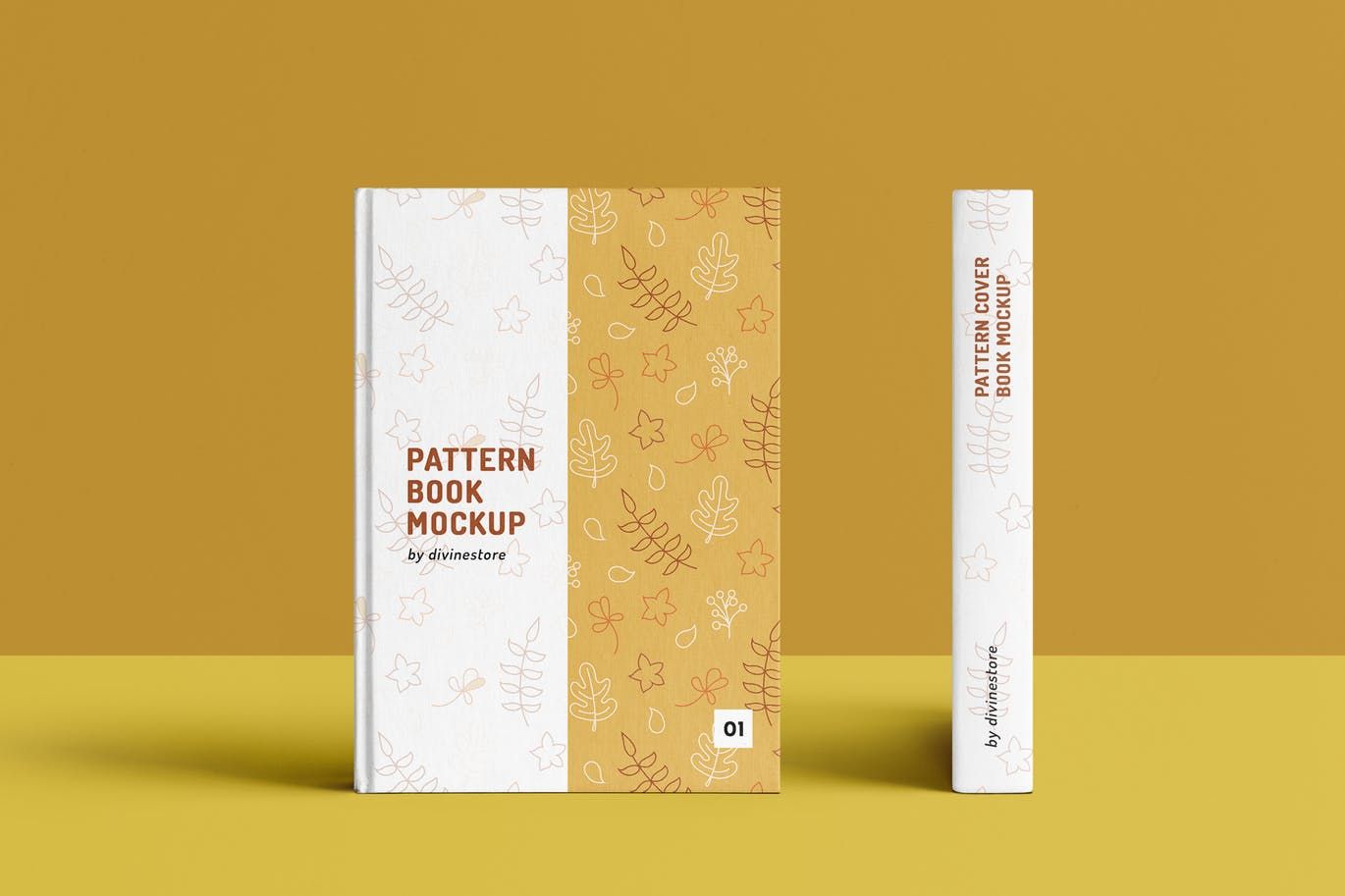
چرا انتخاب خدمات حرفه ای چاپ کتاب یک سرمایه گذاری هوشمندانه برای پروژه شماست
کتاب ها جذابیتی بی انتها دارند و راهی منحصر به فرد برای انتقال دانش، داستان ها و ایده ها ارائه می دهند. با وجود افزایش مطالعه دیجیتال،
تماس با ما
- +86 13946584521
- info@booksprinting.net
- 8:00 - 22:00 (دوشنبه - یکشنبه)
نظرات
وبلاگ مرتبط
جدیدترین گرایش ها و دانش رایج در تجارت چاپ کتاب را بیابید.
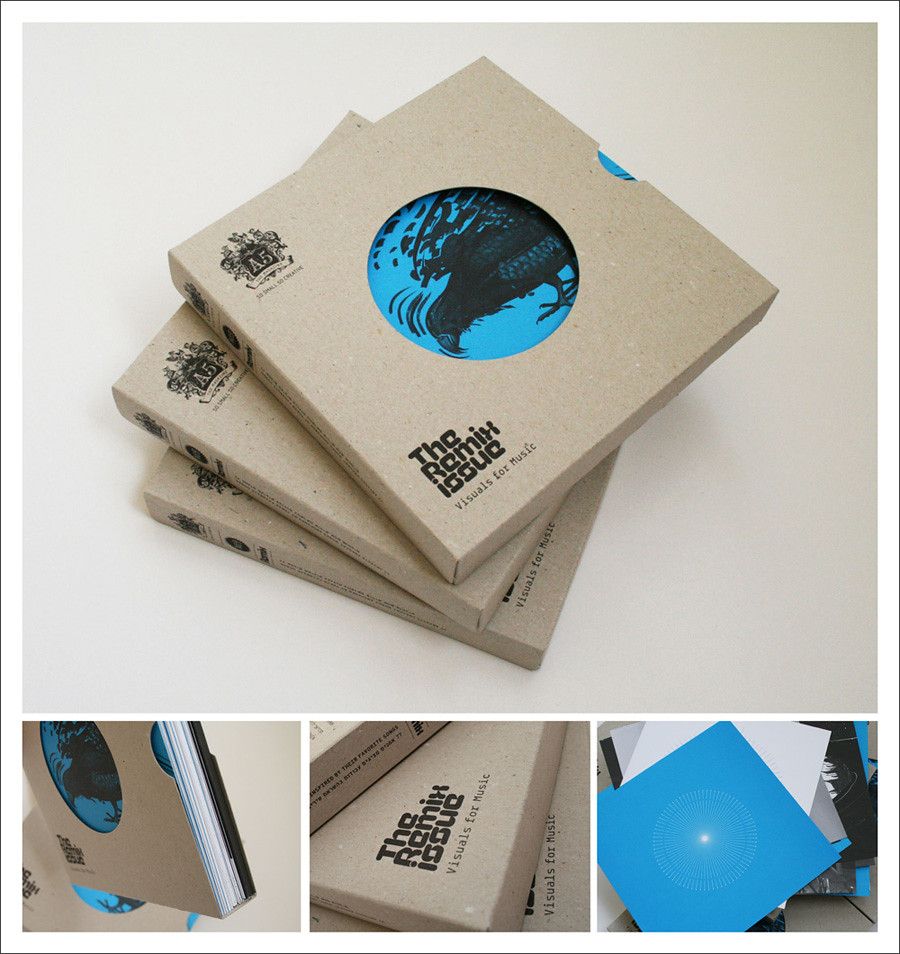
هزینه چاپ یک کتاب شومیز 200 صفحه ای چقدر است؟
به عنوان یک کارخانه چاپ کتاب اختصاصی، ما درک می کنیم که سفر خود-انتشاری می تواند هم هیجان انگیز و هم دلهره آور باشد.
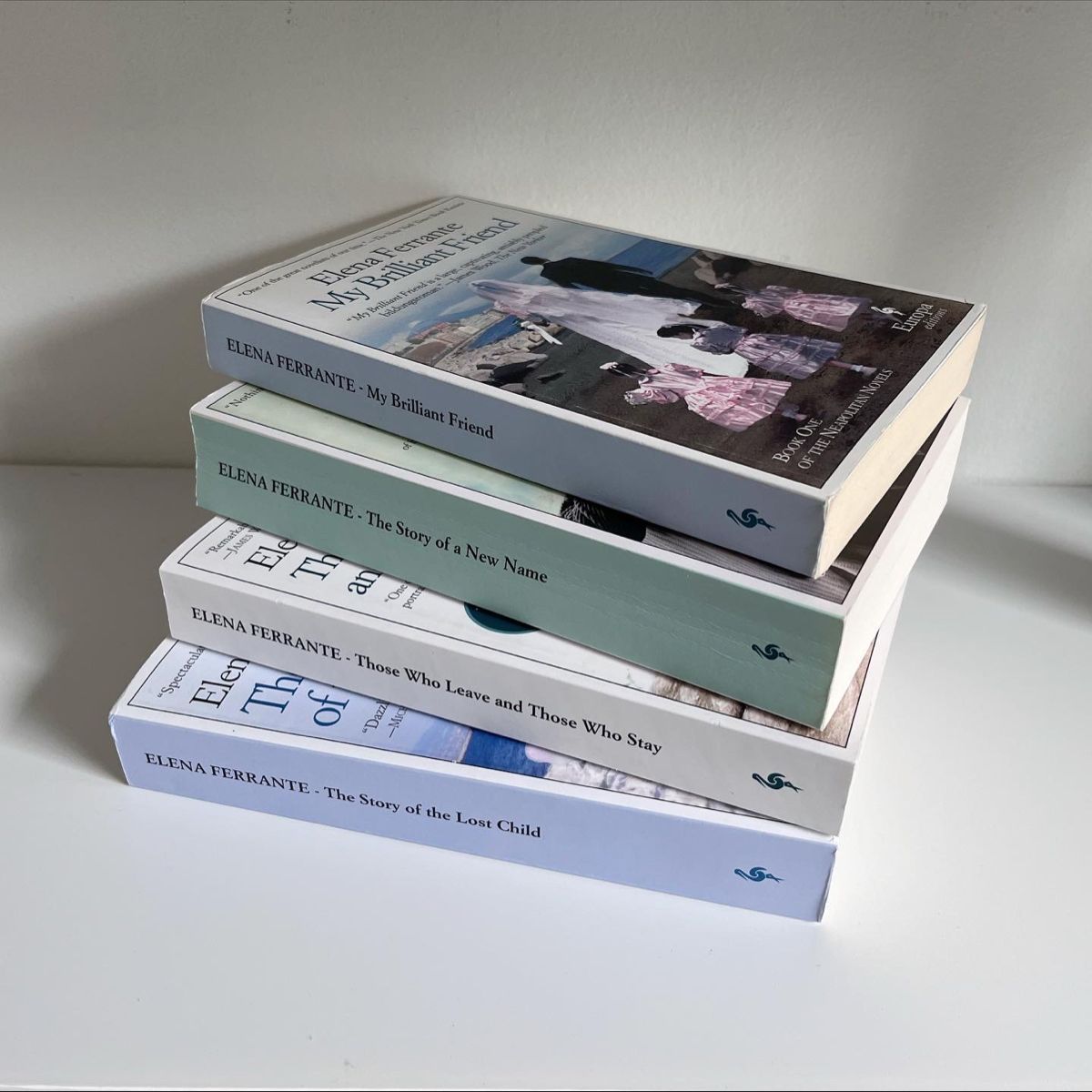
5 روش اقتصادی صحافی کتاب برای موفقیت چاپ
اگر به دنبال خودنشر هستید، یکی از دغدغه های اصلی شما یافتن گزینه های اقتصادی برای چاپ کتاب است.
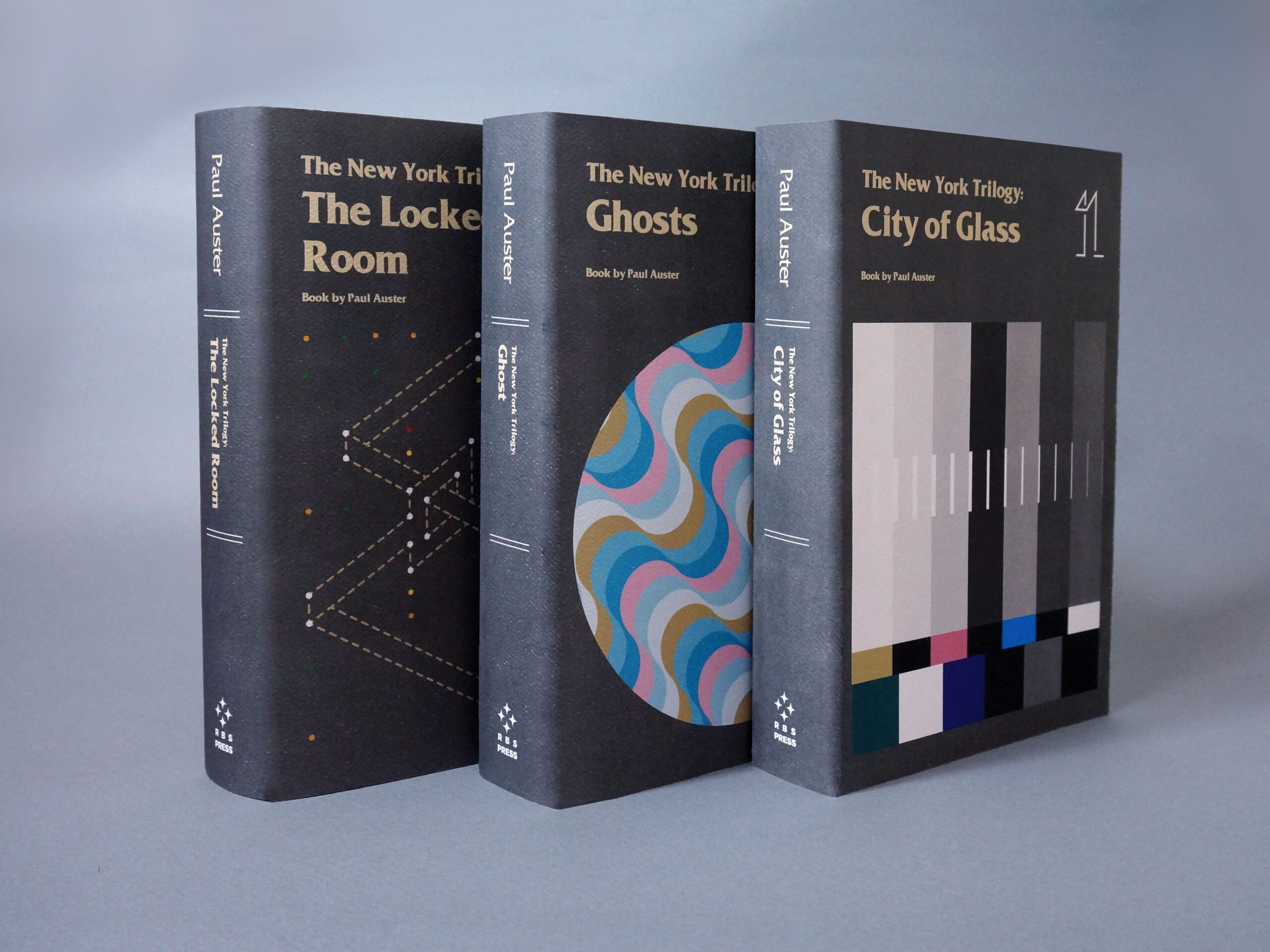
قدرت چاپ کتاب سفارشی
اگر به دنبال خودنشر هستید، یکی از دغدغه های اصلی شما یافتن گزینه های اقتصادی برای چاپ کتاب است.
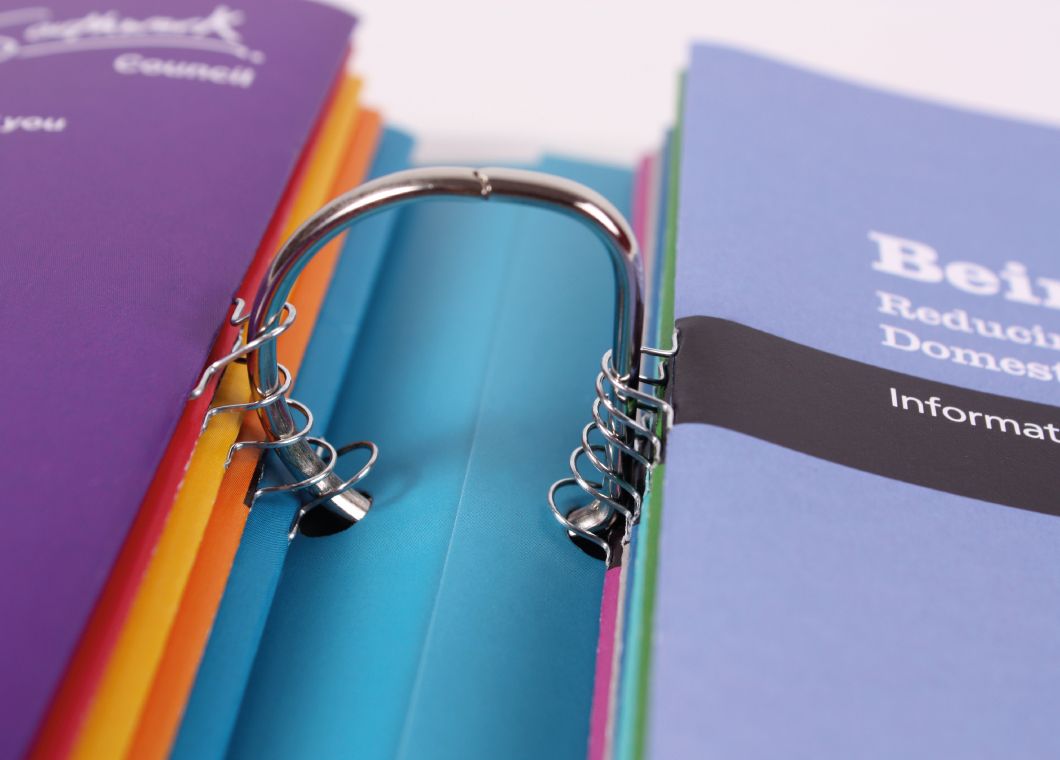
راهنمای جامع چاپ کتاب مارپیچ
اگر به دنبال خودنشر هستید، یکی از دغدغه های اصلی شما یافتن گزینه های اقتصادی برای چاپ کتاب است.


